Neck Ring in Tallinn
This neck ring is attached to a pillar of the Town Hall in Tallinn. It was used to punish people for small crimes.
Read MoreThis neck ring is attached to a pillar of the Town Hall in Tallinn. It was used to punish people for small crimes.
Read More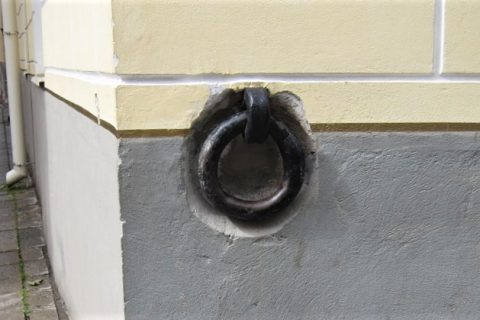
At first I thought these were hitching rings, but my friend in Tallinn explained that they were in fact used as part of the defense system of the Old Town. Some sort of rope or chain would have been tied from one ring to another one attached to the building […]
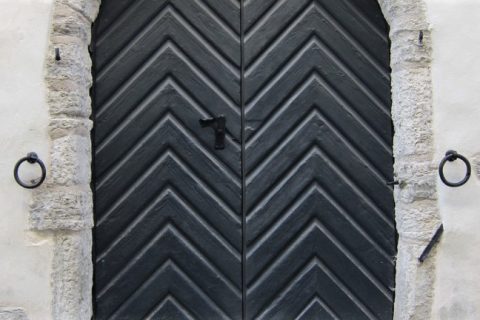
I think these are hitching rings near a medieval door in Tallinn’s old town.
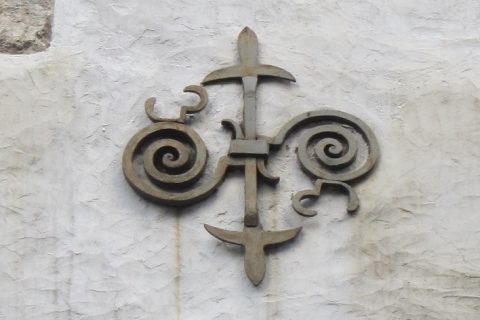
A sampling of anchor plates in Tallinn.

A sampling of guard stones in Tallinn, Estonia.
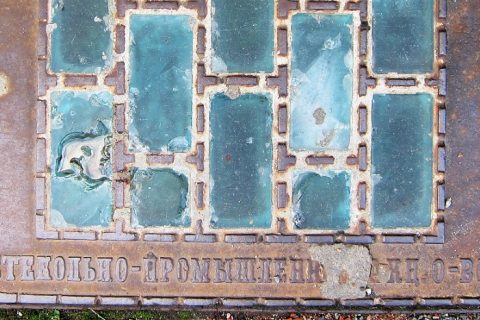
I found a few vault lights in Tallinn made by а Russian company before the Russian Revolution. The inscription says: “С.-Петербургское стекольно-промышленное акц. о-во” The St. Petersburg Glass Work Manufacturing Company (Санкт-Петербургское стекольно-промышленное акціонерное общество) existed between 1911 and 1918, but as St. Petersburg was renamed Petrograd in 1914, it […]
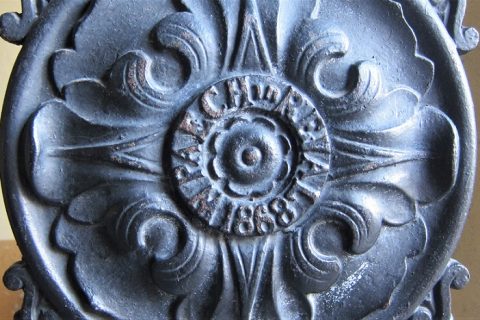
An old iron gate in Tallinn. The inscription says “W. Paech in Reval 1868.” Reval was the old name for Tallinn, in use from the 13th century until 1917. Estonia was part of the Russian Empire in the 19th century; however, Baltic Germans made up the majority of the city’s […]

This ghost sign I saw through the window of my hostel room. It is on an former furniture factory in a courtyard. The sign says “Mööblitööstus,” which is Estonian for “furniture manufacture.” Two restored hand-painted signs from when this building used to house a pharmacy and a gallery. Now it […]
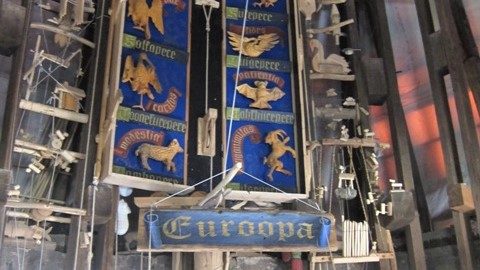
One of the highlights of my trip to Tallinn was my unexpected tour of the Ukrainian church and Ukrainian Cultural Center. The cultural center is located in a beautiful 14th century building located within the medieval walls of Tallinn’s Old Town. The center includes a museum, which was created “to help […]
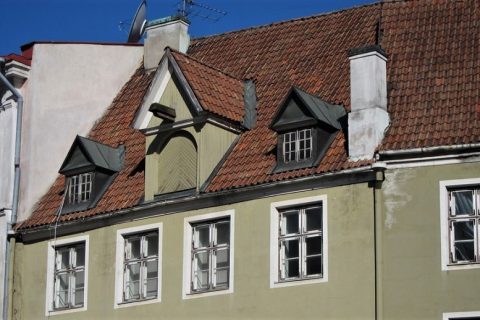
Tallinn’s Old Town used to be an important trading city on the coast of the Baltic Sea. Fortunately, a majority of the medieval buildings have survived, including many of the merchants’ houses. The attic spaces—and sometimes several of the upper floors—of these houses were used to store the merchants’ goods. […]
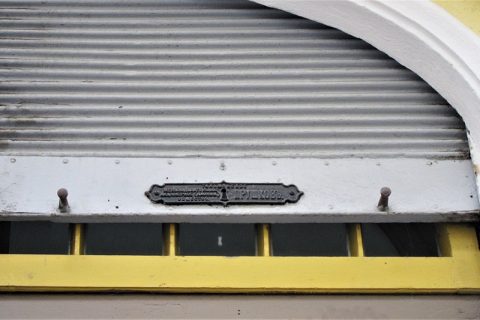
In Tallinn, I found an old metal roller shutter with a Russian inscription. Estonia was part of the Russian Empire until 1917 and so the shutter dates to before the Russian Revolution. From an issue of the newspaper Сибирскій листокъ, dated April 10, 1905, there is an advertisement for Штори […]